Common running injuries and how to avoid them
Listen to your body to avoid picking up one of these common running injuries, which many people at some point will suffer from
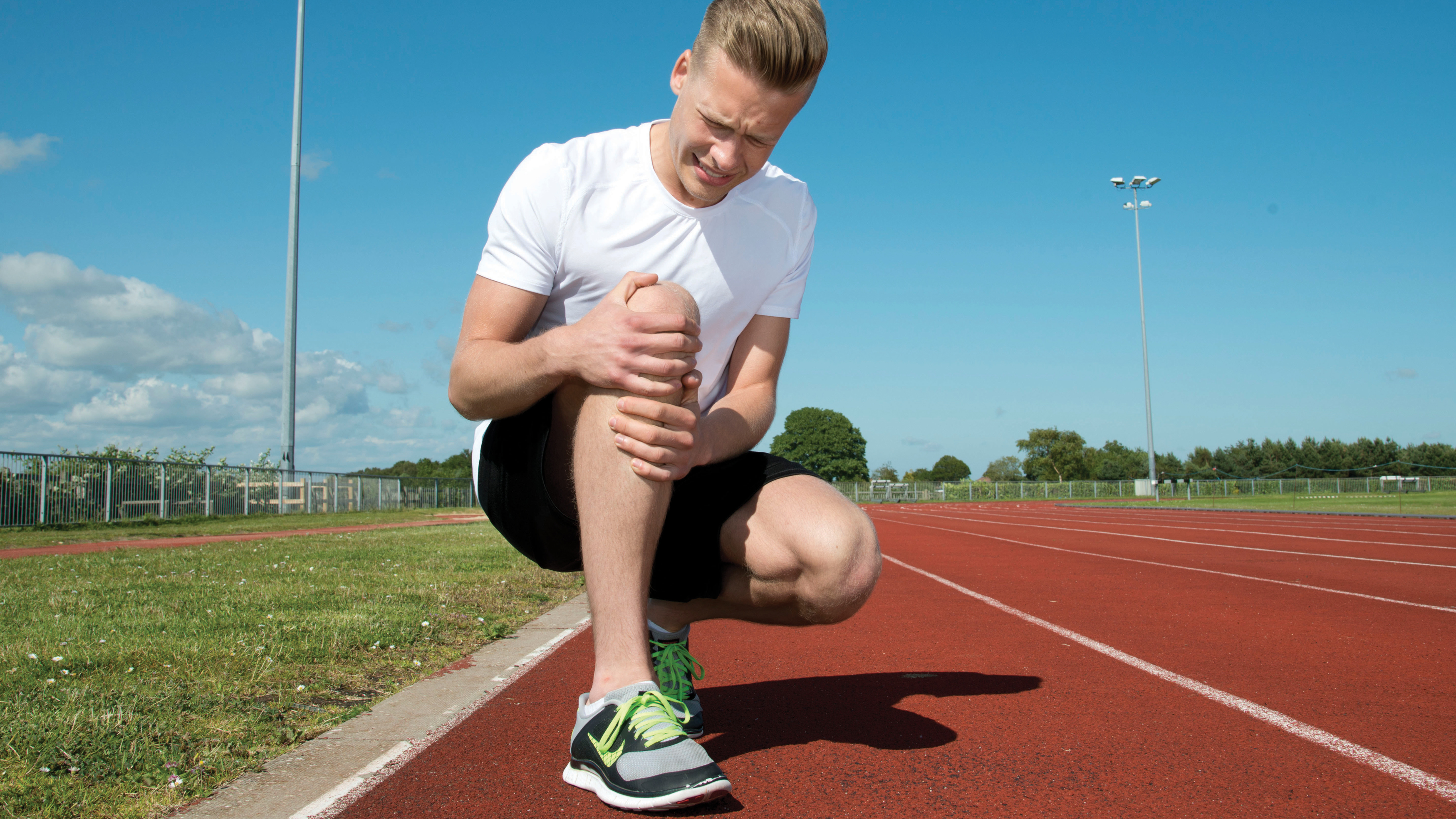
Running puts an enormous amount of pressure on your body, and knowing what aches and pains mean that you need to rest is vital.
Suffering an injury could have you sat on the sidelines for days, weeks or months, and if not treated properly, it can lead to recurring issues further down the line.
Warming-up and cooling down should eliminate the most common pulls and aches but suffering a proper injury will be down to your body’s biomechanical setup, leading to incorrect running style, training on the wrong surfaces or simply bad trainers.
We can’t stress enough the importance of purchasing proper running trainers. They are worth every penny, but make sure you visit a specialist running or sports shop to get your knees and feet assessed. They won’t stop you from ever getting injured, but they may well prevent you from pulling something in your first session!
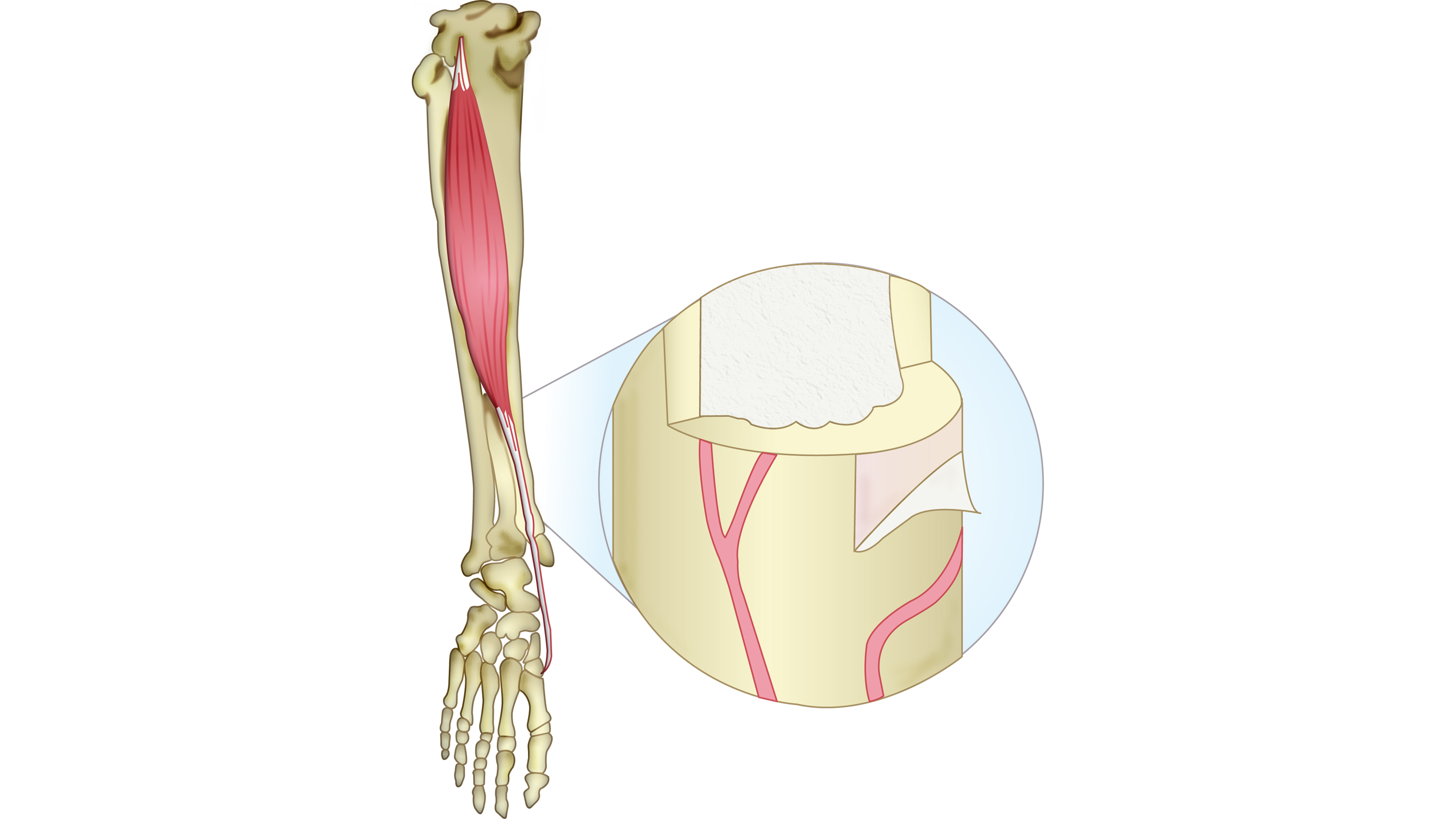
Shin splints
If you have pain on the lower inside part of your shin, then it could be a shin splint. It’s usually worse at the onset of exercise, and will ease off once the area has warmed up. After training has ended, some swelling and tenderness may remain and be more noticeable the morning after.
It can be caused by the sheer force that running exerts on the legs, made worse if you are not biomechanically sound – as many runners aren’t. Being biomechanically sound means that your body functions in a perfectly balanced, harmonious way. If unbalanced, greater stress is placed on certain parts of your body, and after overuse these problems will flare-up.
Wearing perfectly fitted running trainers can correct alignment issues, and thus prevent shin splint injury. Try adding arch supports or shock-absorbing inner soles to your trainers to take away some of the impact.
Get the Fit&Well Newsletter
Start your week with achievable workout ideas, health tips and wellbeing advice in your inbox.
It is important to get shin splints diagnosed by professional, as it could be something more serious, like a stress fracture. Once diagnosed, shin splints are treatable. At the first sign of pain, ice and elevate the leg to reduce swelling and stretch out the lower leg muscles to relieve pain.
Lay off the running for a few days, and replace with swimming or cycling so that no excess pressure is placed on the area. If the pain continues, try wearing a pair of compression socks to keep the area contained and warm; that will reduce the strain on the muscles when training. Also, try running on softer ground, such as sand or grass, till the pain has vanished.
Top tip: never dramatically increase your training plans. Increase workloads gradually to give your body chance to adapt and get used to the extra strain being imposed on it.
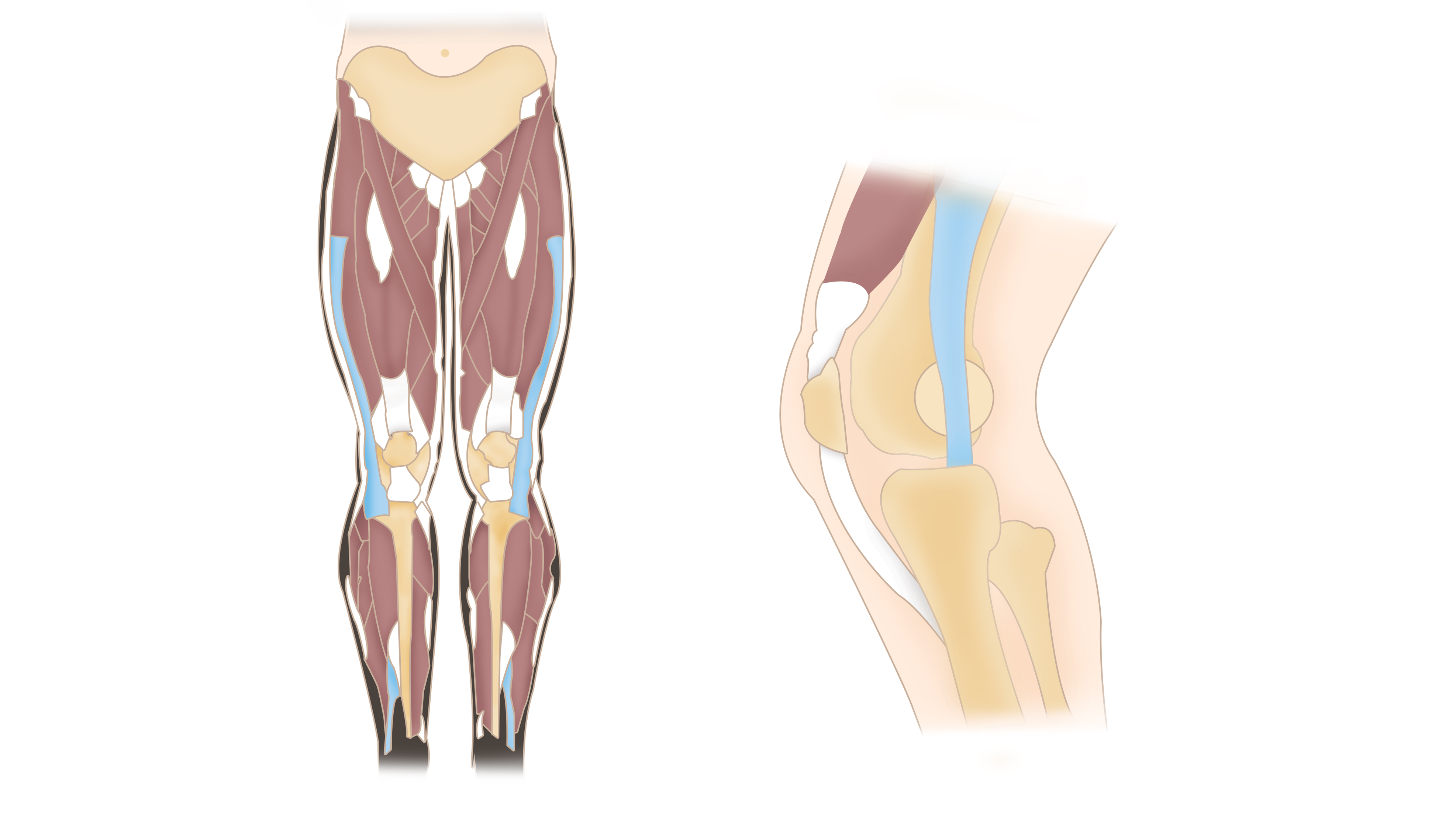
Runner’s knee
Runner’s knee affects up to ten per cent of all runners. With this injury, you could experience pain on the outer edge of the knee joint, just below it, or in the centre of the kneecap. Pain may travel up the thigh or down the shin and will feel worse during a run. Rest can make this feel better, but without proper treatment it will continue to flare up.
It can occur from misaligned kneecaps, dislocation, flat feet, tightness in the thigh muscles or simply overuse – gradually increasing distance will help to avoid problems. Stretching adequately, working specifically on the glutes, calves, quads and hamstrings, will ensure everything is in correct working order.
If you do suffer from runner’s knee, it could also be down to poor biomechanics and the way your muscles and joints move. Wearing correctly fitting trainers could put the problem to rest, but a specialist running store can help you with this in greater detail depending on how your feet roll and knees rotate when running.
To relieve the symptoms of runner’s knee, ice the area immediately after running to reduce any inflammation, and take some anti-inflammatories such as ibuprofen. If the pain persists, then regular physio treatment can cure it, and should stop it recurring.
Top tip: stretching is underrated and is an easy thing to fit into your day. The more you stretch, the stronger your muscles will become, and will greatly decrease the chance of getting injured.
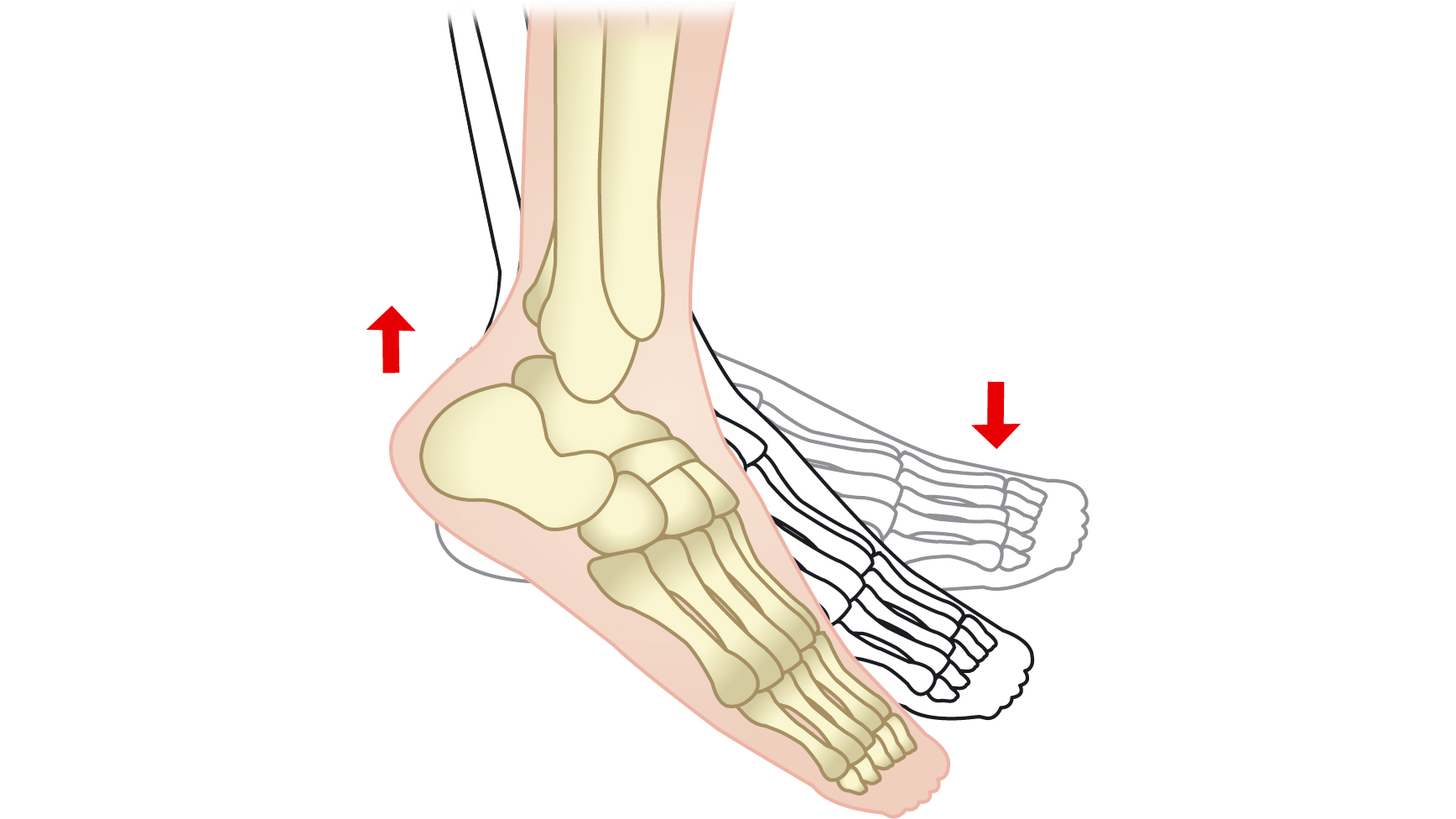
Achilles tendonitis
The Achilles tendon is the tissue that connects the heel to the calf muscles. It is the thickest and strongest tendon in the body; it has to be, considering the force and strain put upon it when a person walks, let alone runs.
Pain and stiffness in the heel and back of the ankle has probably arisen from overuse, improper running style, poor footwear, overtight muscles or just a slip of the ankle. Make sure you work out regularly and stay at a healthy weight to avoid extra pressure.
This injury can come on suddenly, and leave you unable to exercise for months, so stop as soon as pain flares up, elevate and ice. If the area is sore after a few days rest, then get it seen to by a doctor. Running on softer surfaces can relieve achilles pain, but avoid overly soft surfaces like sand, as this will put too much pressure on the area.
Top tip: wearing running-specific moisture-wicking socks and good trainers will banish blisters so they won’t ruin runs.
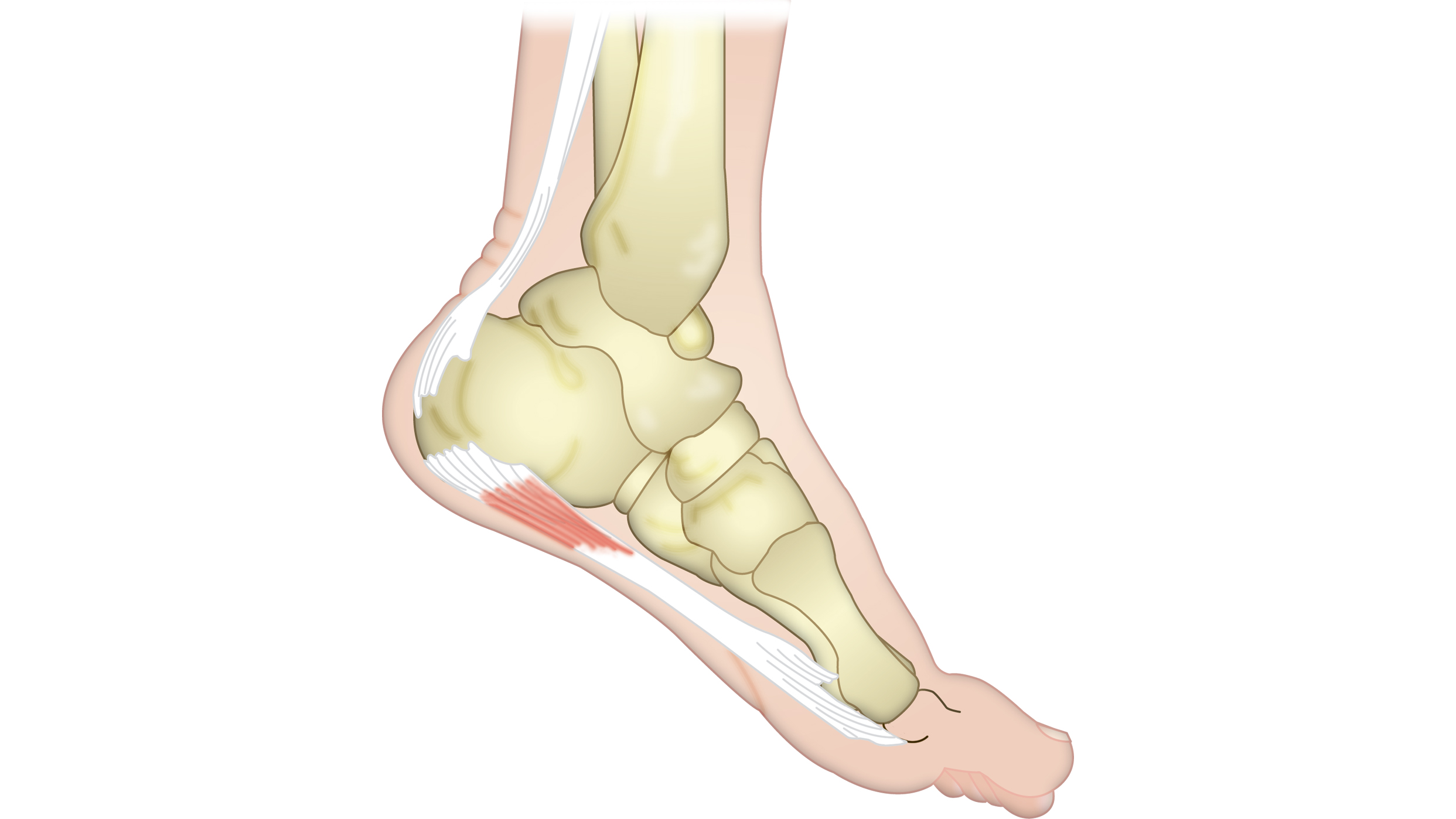
Plantar fasciitis
This is pain located on the underside of your feet, or focused more in the heel area, and is caused by an inflammation in the plantar fascia, which runs along the whole length of your foot. It can be caused by wearing incorrect trainers with not enough arch support, allowing the foot to roll over too much when running (pronation).
The main relief for this type of injury is to stretch out the whole of the leg and feet effectively. To stretch the underside of the foot, pull the toes up towards the shin, hold for 30 seconds, then release and repeat several times. Get deep into the tendon area by rolling your foot over a tennis ball.
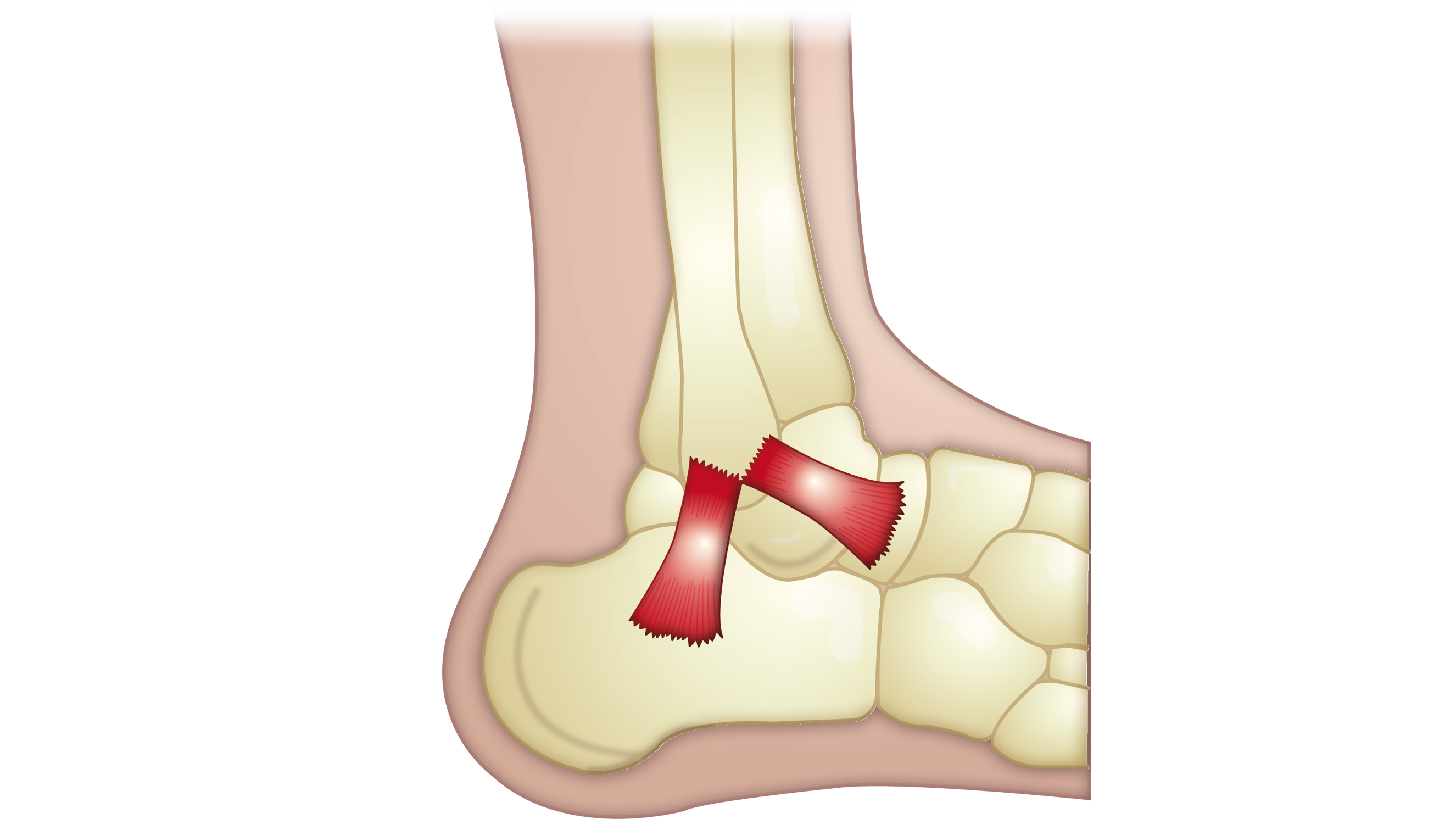
Ankle sprain
Often a result from a slight slip or pull when running on uneven surfaces or in bad weather, there is no preparation you can do to prevent this. Warming up before running will make sure your body is ready to perform and muscles stretched, limiting the amount they can be shocked by.
You will know if you have a sprain by the sudden pain at the time of it happening, followed quickly by rapid bruising and swelling. If you have severe pain, you may have also caused some tendon or ligament damage. Pulling the top anterior ligament is the less serious one. After the incident, apply the rice technique: Rest, Ice, Compression and Elevation.
Never ice directly onto the skin, and for no more than 20 minutes. Do this several times a day for at least 48 hours after the accident.
Launched in 2020, Fit&Well.com is all about helping you meet your health and fitness goals in ways that are fun and achievable. With news and features on fitness, weight loss, running, nutrition, yoga, wellness and more, we're committed to helping you wherever you are on your fitness journey. We break down the best fitness tech, with reviews, buying guides and the latest deals on fitness and wellness kit, from dumbbells to diffusers.
We cater for all difficulty levels here. It doesn't matter if you're a beginner in the world of fitness or you're gearing up for your tenth marathon: we're all moving towards the same goal – creating a healthier, happier you. From guides on getting started doing walks around the block, to creating the perfect work-from-home space, to eating to fuel your first triathlon. It's all here.
-
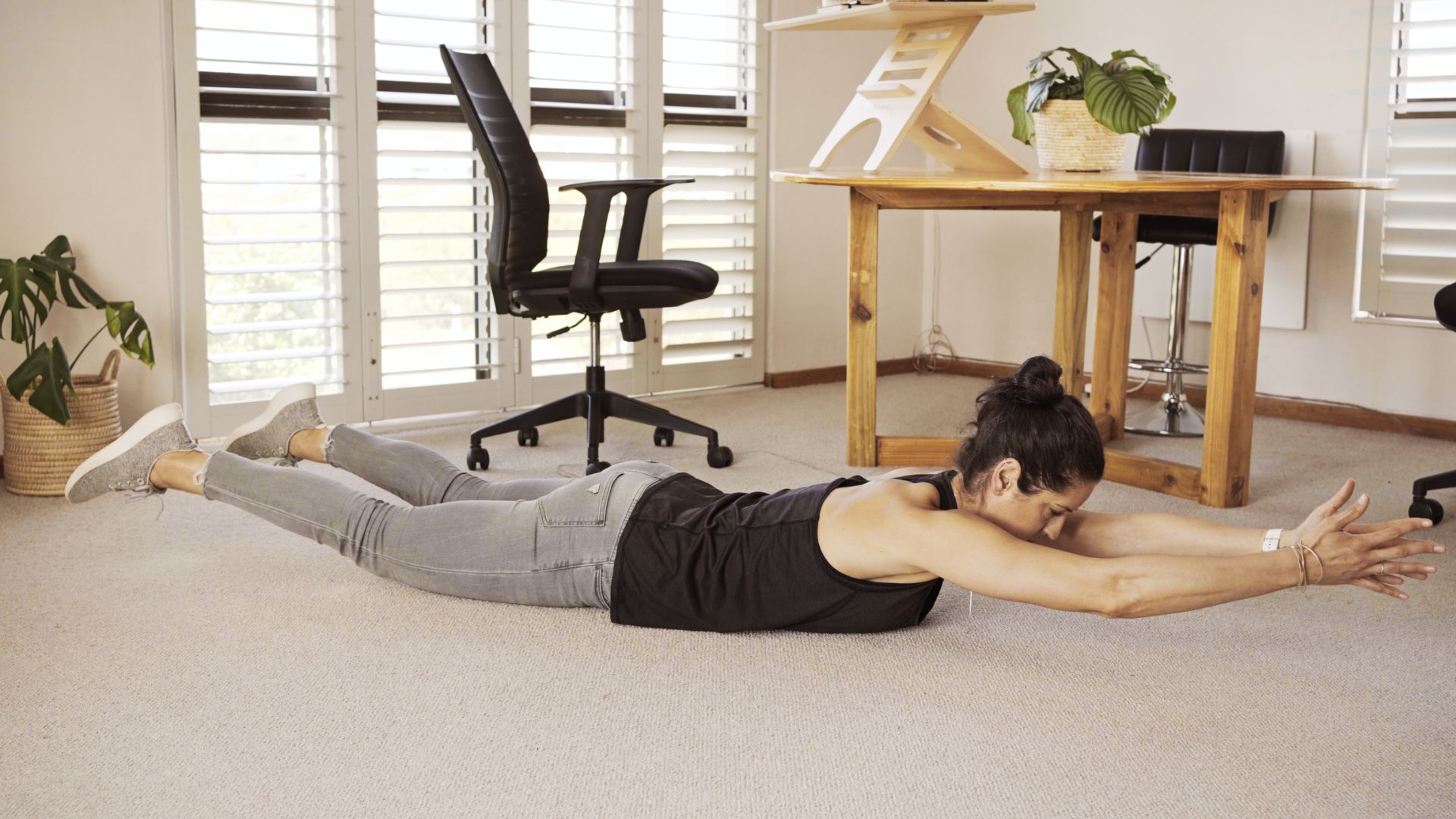 You don't need any equipment to improve your posture—just these three back-strengthening moves
You don't need any equipment to improve your posture—just these three back-strengthening movesThese three exercises will strengthen key back muscles
By Jennifer Rizzuto
-
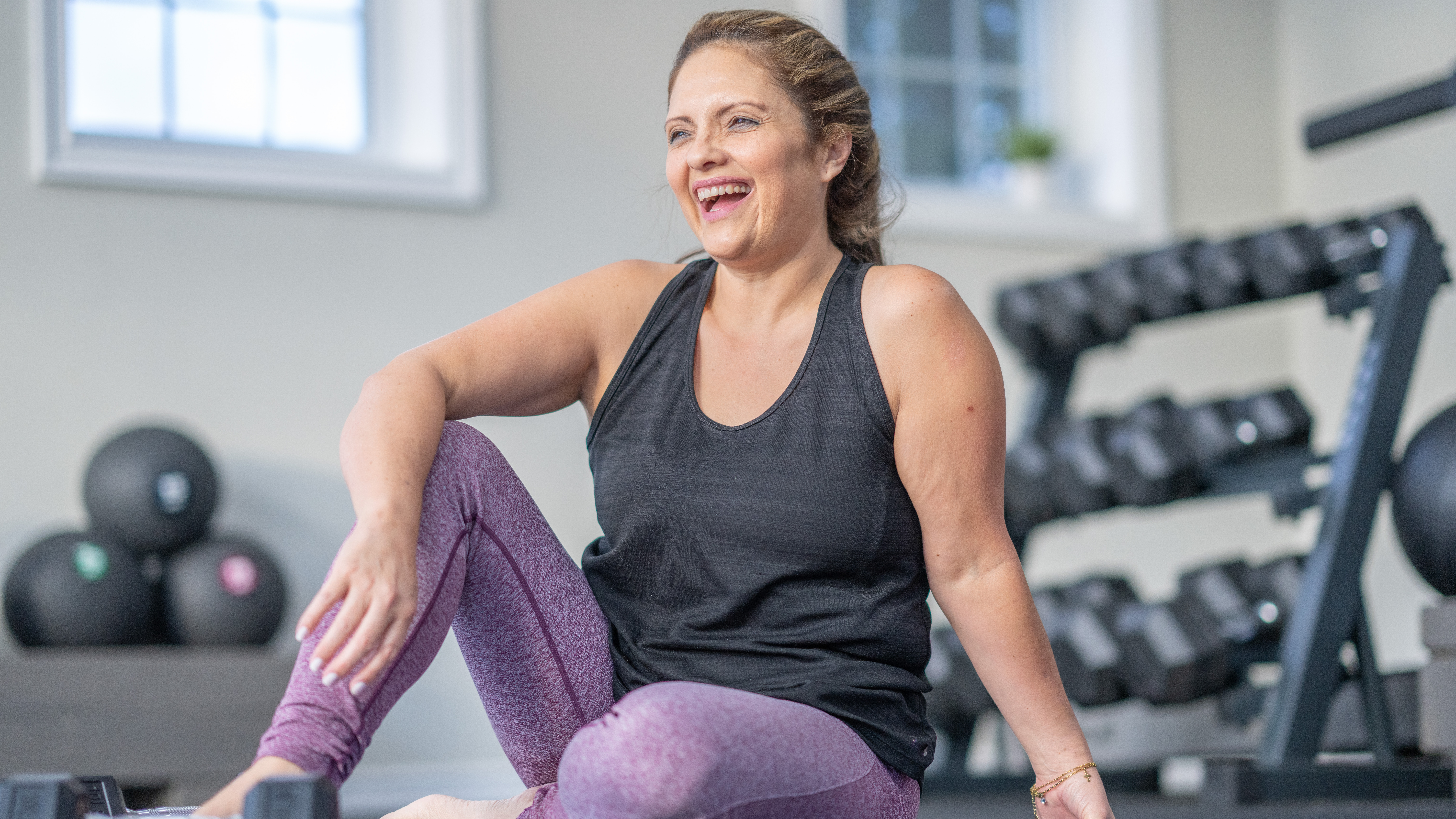 "If I could choose just five moves to future-proof my body, these would be it"—A trainer says this longevity workout will help you build lasting strength and mobility
"If I could choose just five moves to future-proof my body, these would be it"—A trainer says this longevity workout will help you build lasting strength and mobilityBy Lou Mudge
